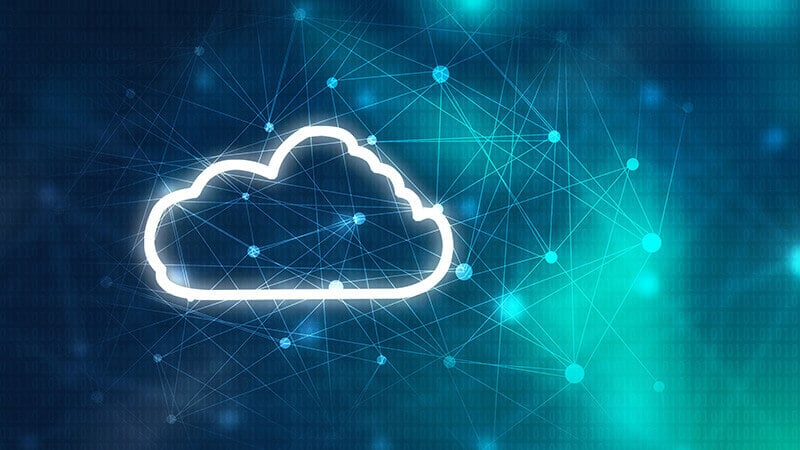
What are the usual network hazards encountered by makers In today’s electronic age, producers progressively rely upon technology to operate their organizations. However, this reliance likewise makes them extra prone to network assaults. There are numerous forms of cyber hazards, which might have a damaging effect on the business’s procedures. For example, phishing e-mails may enable enemies to access sensitive information, while ransomware can disable critical systems.
The cyber strike on the early American pipeline is a fine example. Web of points attacks might threaten the security of items, and supply chain attacks might disrupt the flow of products. As manufacturing enterprises come to be an increasing number of very closely linked, they have to take strong network safety procedures to shield themselves from these risks. Information security One of the most efficient means to safeguard data is to encrypt information. This implies that even if enemies can access the information, they will not be able to read the information unless they have a file encryption secret.
Many different security algorithms can be made use of, and manufacturers should pick the file encryption formula that finest suits their demands. They also need to guarantee that their file encryption secrets are securely kept as well as backed up to avoid loss or theft. accessibility control An additional essential step that makers can take is to apply strong accessibility control steps. This indicates that only accredited customers can access critical systems and data. In terms of access, the most secure method is the concept of least advantage. This indicates that customers ought to only have access to degrees that are required to do their job. As an example, managers might need full accessibility to all systems, while salespeople may only require read-only access to customer information. Using software application If the software application you are using is hazardous, the information is additionally risky. Improving security is commonly one of the major reasons companies look to cloud manufacturing software programs.
Cloud-based systems make it easier to take care of updates as well as make certain that your tool is constantly running the latest safety functions. With cloud production, you can from another location release firmware as well as software program updates, as well as screen devices for any kind of suspicious task. Cloud-based systems likewise make it easy to include or get rid of individuals as well as transform approvals, so you can quickly adjust safety and security actions according to adjustments in demand. In addition, cloud production can offer a greater degree of visibility right into making procedures, making it simpler to identify potential security risks. Safety and security awareness training According to Kaspersky’s report, staff members are making enterprises vulnerable from within, since a reliable but often ignored way to avoid cyber threats is to educate staff members to understand them. Safety recognition training can aid staff members to comprehend the risks and what steps they can require to mitigate them. It needs to cover topics such as phishing, social engineering, as well as how to detect dubious tasks. Workers ought to additionally be advised to report any kind of dubious tasks they might come across.
How should SMBs ensure cloud security? Vinchin Backup & Recovery allows you to restore the entire virtual machine and all of its data from any restore point (full, incremental or differential backup) without affecting the original backup data. Backups that have been deduplicated or compressed can be restored. This is a great solution for ensuring business continuity and minimizing critical business interruptions caused by a disaster or system failure.
You can also quickly check the availability of backup data by instantly restoring a target VM to a remote location in minutes. Ensure that in the event of a true disaster, all VMs can be recovered and the data they contain won’t be lost or corrupted. Vinchin offers solutions such as VMware backup for the world’s most popular virtual environments, XenServer backup, XCP-ng backup, Hyper-V backup, RHV/oVirt backup, Oracle backup, etc.






